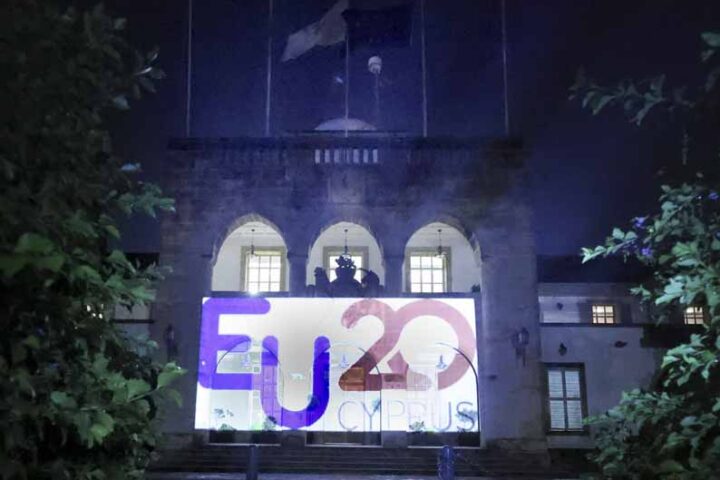.
By Shavasb Bohdjalian
European leaders agreed on Saturday to strengthen the euro zone bailout fund, make its loans cheaper and lower the interest rate on funds extended to Greece but left the final details to be hammered out at the next crucial summit meeting scheduled for March 24/25.
Chancellor Angela Merkel was more flexible than anyone could hope, as she agreed to a number of concessions. First, the EFSF and the ESM have been increased in size. The EFSF can now use up EUR440 bln instead of the previously agreed EUR240 bln. Secondly, the EFSF and ESM are allowed to buy bonds directly from governments should these sovereigns face funding problems. Third, the maturity of the Greek package has been increased to 7.5 years and its debt costs have been decreased. Ireland was not able to get a deal as it was not willing to increase its 12.5% corporate tax rate. Fourth, a pact for competitiveness has been agreed going back to a Franco-German proposal, but the implementation is in the hands of national governments and enforcement tools have not been implemented.
EU leaders however have still work to do to shore up the indebted periphery and convince the market that they have got to the root of their financial problems. EU finance ministers meet in the coming week to work on a comprehensive package of anti-crisis measures, and it is all scheduled to be agreed at a full EU summit on March 24/25.
But there remains something of a disconnect between the slow, measured pace adopted by the EU and markets' desire to get the problem under control.
It appears that while EU leaders attempted to show unity, but they left too many details for the future.
For example, the extension in the maturity of the Greek loans and the reduction in the interest rate charged on debt offered to Greece by 100 basis points is a positive development but it still does not mean that Greece has resolved its acute and dire financial situation. Even at current levels, Greece will be unable to stabilize its situation unless it manages to quickly sell state assets and raise a minimum of EUR 50 bln for this year alone.
On the breakthrough raising the funding of the EFSF, which will allow the fund to purchase bonds of the countries in trouble but only from the primary market means the support mechanism in the secondary market is left with the ECB, which simply cannot get rid of its bond holdings.
As the bond yields are pushed higher and higher, the ECB will have no choice but to keep buying the bonds of Portugal and possibly Spain and Italy and continue to offer funding to banks in Greece and Ireland which are now relying exclusively on the ECB to plug their financing needs.
As for the ground shattering agreement for countries to implement the deficit ceiling limitations, I could not spot a mechanism to impose sanctions. By leaving it to EU governments to decide how they wish to stick to the Maastricht treaty guidelines, the pact is likely to remain ineffective.
It looks like EU leaders will attempt to solve the problem only when there is a crisis at their doorstep. For now, the euro is trading higher based on rate hike expectations, with the market pricing three rate increases in 2011. If there is no breakthrough at the March 25 summit, most probably the ECB may decide to postpone its planned April rate hike, which may force the euro lower and in turn push EU leaders to decide once and for all, if they are serious in implementing the fiscal discipline and measures to increase productivity.
www.eurivex.com,
[email protected]
(Shavasb Bohdjalian is an approved Investment Advisor and CEO of Eurivex Ltd., a Cyprus Investment Firm, authorized and regulated by CySEC, license #114/10. The views expressed above are personal and do not bind the company and are subject to change without notice. Investing in markets and trading on leverage is highly risky and it may not be suitable to all investors since it carries a high degree of risk and you can lose more than your initial investment)







